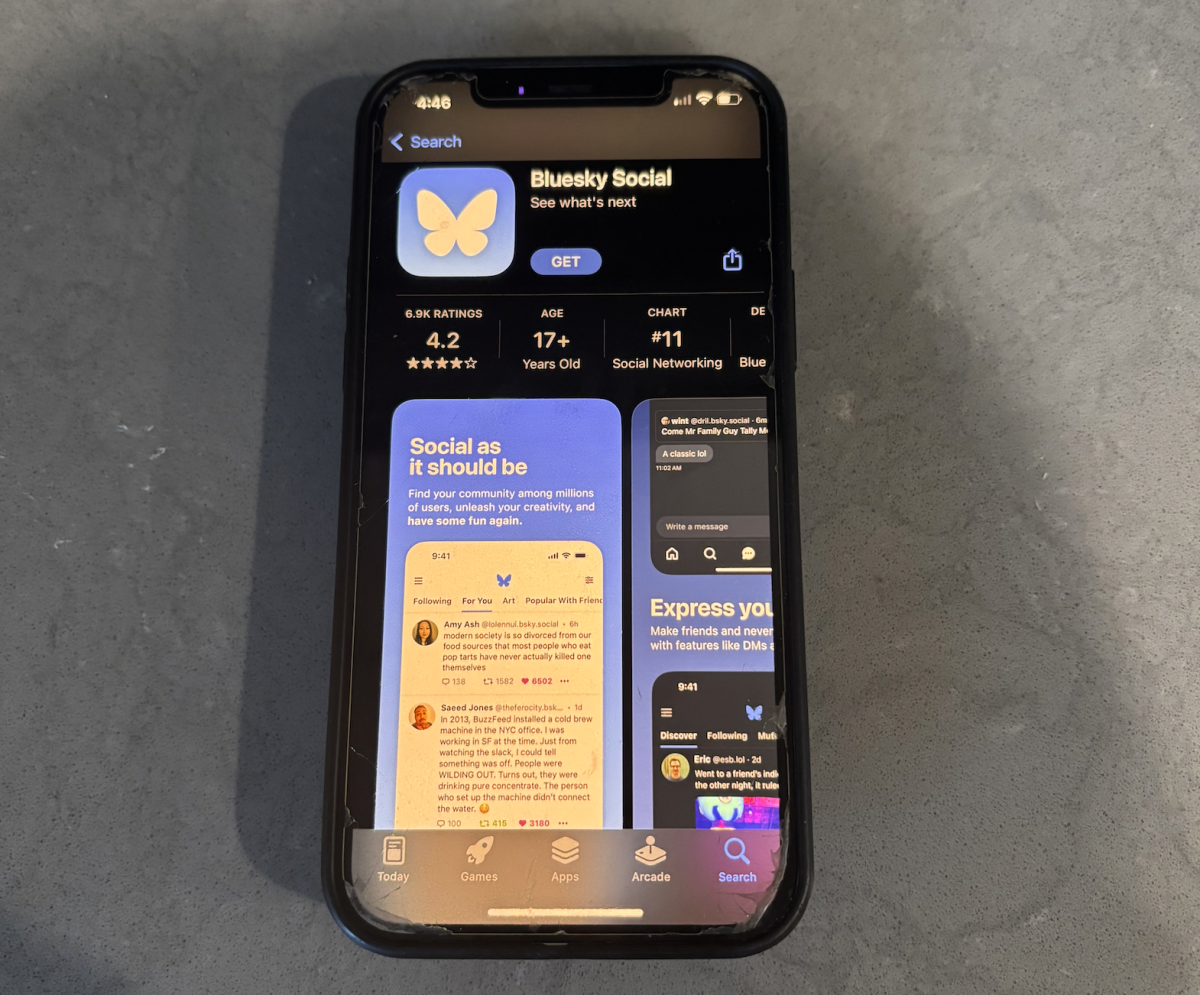It began with two tiny pieces of fabric sewn together delicately. Whether floral, neon or crochet, the bikini has made its way around the world on all different bodies and in all different styles. To many, the bikini has become a symbol of confidence — a love poem to their body. However, to others, the bikini represents a pressure to fit into societal body standards by the same skinny women modeling your purchase.
This is exactly where the history of the bikini becomes so relevant: It offers a way to reframe the purpose of the piece, to re-establish the bikini as a symbol of confidence for women, a love letter to all women’s bodies.
Staged at the Piscine Molitor, a frequently visited swimming pool in France, on July 5, 1946, French designer Louis Réard revealed the first ever two-piece swimsuit. Many were puzzled at this scandalous creation, and Réard named his design after an equally puzzling event: a U.S. atomic test in Bikini Atoll, which had taken place four days before he revealed the two-piece swimsuit. Réard’s model was crafted using only 30 square inches of fabric and was initially displayed on exotic dancer Micheline Bernardini.
The reveal of the bikini took place just shortly after the end of World War II as many Western Europeans headed into the upcoming summer. After years of long skirts and sweaters, the bikini shook France and eventually the world. Réard’s bikini business was spreading like wildfire through Europe; it had some obsessed and some enraged. The bikini was banned by authorities in Spain, and the Pope described it as “shameful.”
The U.S. resisted the bikini in attempts to preserve their citizens’ “purity.” However, when surf groups in California got a hold of this creation, its popularity continued to grow. Future Vogue editor and fashion columnist Diana Vreeland even labeled the bikini “the most important thing since the atom bomb,” which, while an exaggeration, stresses the significance of this piece to fashion. To both Diana and the surfers of California, the bikini was a liberation of women’s bodies.
From Carrie Fisher’s “Return of the Jedi” two-piece set to Ursula Andress’ “Dr. No” bikini, the piece started to slowly become a fashion staple. Soon, the bikini morphed into the microkini, and by this time, it was no longer considered taboo.
While the bikini is often used to sexualize the female figure, especially from a teenage girl’s perspective, the piece originally ignited an age of freedom for women’s bodies. Starting in the early 20th century, typical men’s swimwear exposed half the body, and sometimes more, whereas women were told, “The more fabric, the better.” The bikini’s creation called this double standard into question, breaking the age of women forced to be ashamed of their natural state and rather embrace it.
Rather than seeing the bikini as “shameful” for exposing a majority of the female body, it is important to acknowledge how the history of the bikini and those who have studied it credit the bikini to delivering women sexual liberation and a certain sense of power regarding their bodies. After years of being told to cover their bodies to uphold the standards of society and appeal to men, this swimsuit helped women gain control over their bodies. Fashion historian Olivier Saillard stated, “(the bikini established) the power of women, and not the power of fashion.”
Unfortunately, like many female fashion trends, the bikini has become a victim of the media, creating a seemingly never-ending pressure on women to appear “perfect.” Nevertheless, this column serves as a reminder, from one woman to another, that in its creation, the bikini allowed sexual freedom to so many women. I hope the brand of a “bikini body” is soon demolished in remembrance of this fashion sensation’s origins.
Finally, as I normally do, I will leave you with a couple brands I feel preach inclusivity and acceptance, alongside some truly well-crafted swimsuits. The first is Bydee Swim, an Australian-based swimwear brand; it’s on the pricier side but offers colorful and intricate swimsuit styles. Their pieces are derived from the creator, Dessy Hairis’, Mediterranean roots, and many of the patterns are driven by her love for travel.
Another go-to is Jade Swim, an eco-friendly brand offering a more simple swimwear design with intricate cuts. The brand describes itself as “classy with an edge,” and I truly believe their designs reflect this.
While I rarely encounter such a complex and thought-provoking piece of clothing as the bikini, I truly think understanding its history can help give those who wear this type of swimwear a better grasp of why they would or wouldn’t wear it, regardless of my personal standing on the matter. Because from the atomic bomb test in Bikini Atoll to our online shopping cart, the globally sensational bikini, only made from a couple of pieces of fabric, has truly changed the world.
















